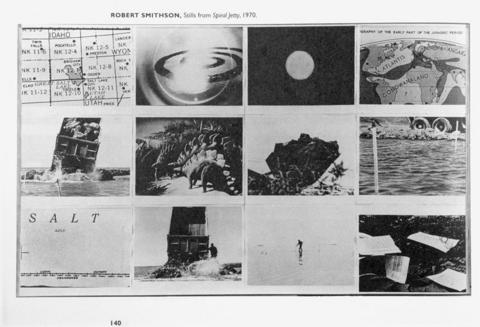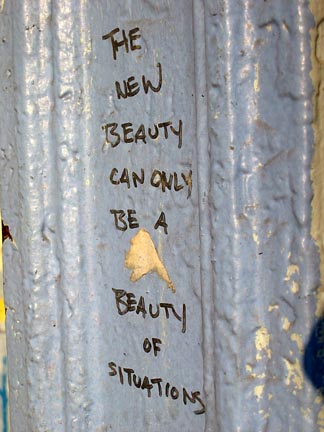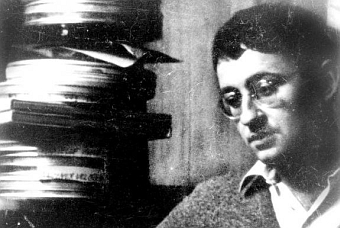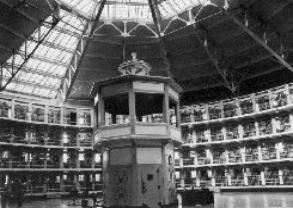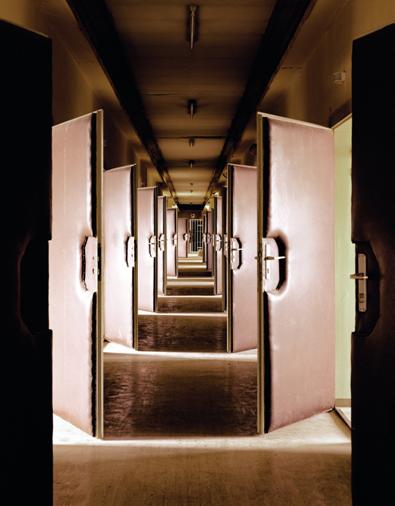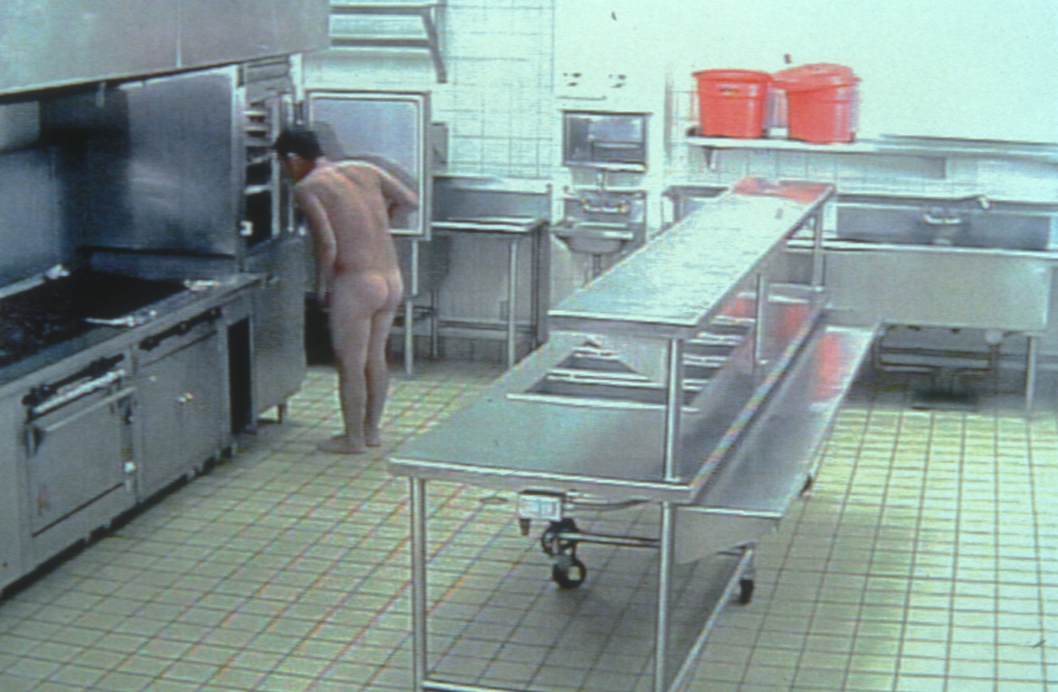http://www.spiegelfechter.com/wordpress/1094/eine-gute-frage
wenn Menschen vor die Wahl gestellt werden, ob sie sich für Etwas in den
Folgen Kalkulierbares, Überschaubares entscheiden sollen,
oder für etwas Unsicheres, Unabsehbares, dann neigt die Mehrzahl dazu,
sich für das Kalkulierbare, das Überschaubare zu entscheiden.
Sogar wenn absehbar ist, daß das Resultat mit Sicherheit niederträchtig
und miserabel sein wird.
Das Unkalkulierbare meiden die Meisten, sogar wenn etliche in Frage
kommenden Faktoren weitaus besser sind, als das sichere Schlechte……
Ich frage mich oft, was überwiegt: Der Fatalismus, die Dummheit oder die
gedankliche Bequemlichkeit…..
Da wagt es doch tatsächlich ein holländischer Journalist, der Merkel
eine “nicht vorgesehene” Frage bei der Pressekonferenz zu stellen,
was sich von den gekauften deutschen Journalisten keiner mehr traut…..
sehr delikat…….
Im erhaltenen Originaltext hieß es “und wir dummes Volk haben die auch
noch gewählt”
-da mußte ich einhaken- denn ich habe sie nicht gewählt und gehöre ja
auch zum (dummen) Volk….

